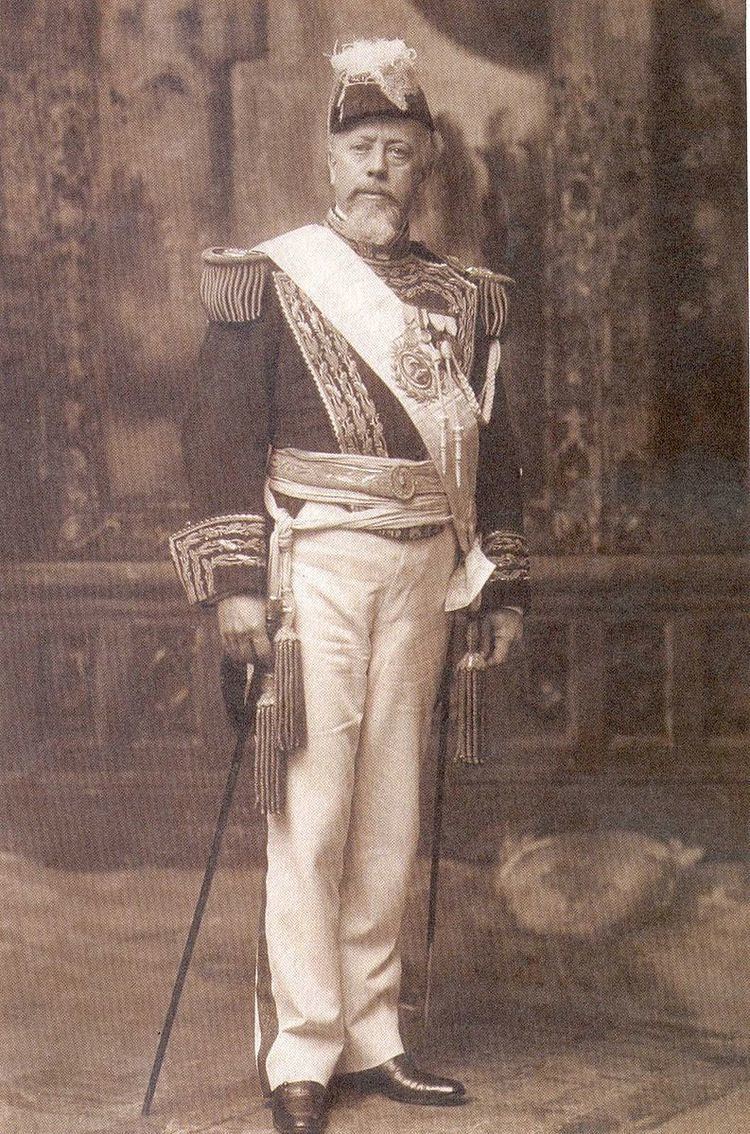Founded 15 March 1874 | Dissolved 1916 | |
 | ||
Merger of Autonomist Party, National Party (es) Headquarters | ||
The National Autonomist Party (Partido Autonomista Nacional - PAN) was a conservative Argentine political party ruled Argentina during the 1874-1916 period.
Contents
History
Created on March 15, 1874 by the union of the Autonomist Party of Adolfo Alsina and the National Party of Nicolás Avellaneda. Its principal figure was Julio Argentino Roca, twice president of Argentina.
In economic matters it promoted the agricultural exports model, which favored the cattle and cereal producers of the Pampas and was a key in the development of the Argentine Railroad.
After the 1890 Revolución del Parque, an opposing movement started inside the PAN opposed to the policies of Roca, which became known as the National Autonomist Party (modern faction) (PAN - línea modernista), which proposed and institutional modernization of the country, with goals towards opening up a true democratic system without electoral fraud as a means of perpetuating the party's power. Most preeminent in this political current were Roque Sáenz Peña, Carlos Pellegrini, Ramón J. Cárcano, among others. Under the administration of Roque Sáenz Peña, a law was written to allow for universal suffrage, secret and mandatory, which permitted the free elections of 1916.
Its principal opposition was the Radical Civic Union (Spanish: Unión Cívica Radical -UCR-), created after the 1890 revolution. After the electoral reform of 1912, and the presidential elections of 1916, which was won by the UCR, the PAN disappeared from politics.
Presidents from the PAN:
Successor parties
Following the introduction of the Sáenz Peña Law in 1912, much of PAN would reorganise as the Conservative Party. Another faction would be the descendant of the Democratic Progressive Party which still exists today. In 1931, following the previous year's military coup, the conservatives returned to power under the banner of the National Democratic Party, leading the Concordancia coalition. The traditional conservative forces were politically marginalized following World War II and the rise of Peronism, and after 1955 the PDN fell apart. Conservative parties descended from these continue to exist in Argentina today.
